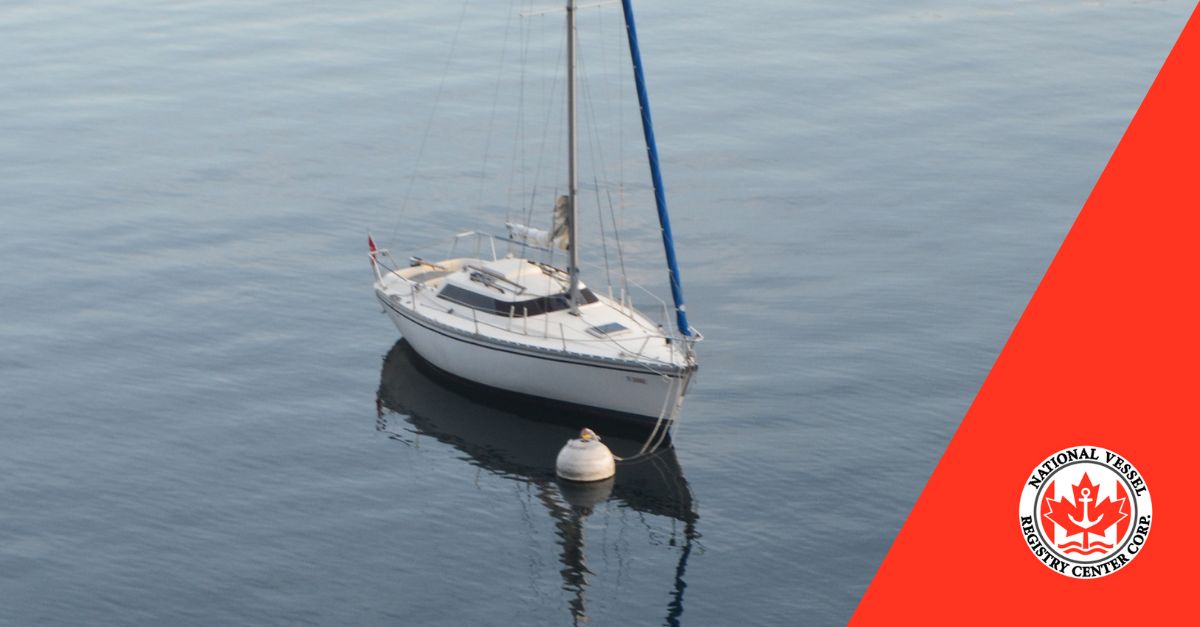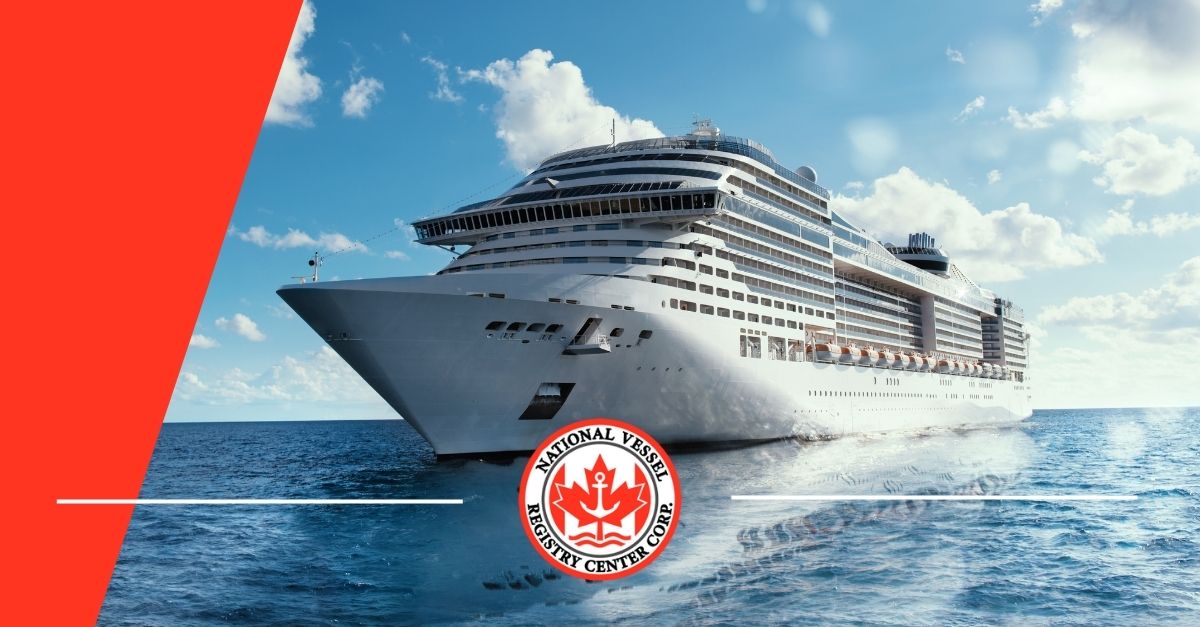
For many boat owners, their vessel is their most prized position. As you may harbor many fond memories of afternoons spent on your boat with your friends and loved ones, it makes sense that it is an object you would cherish. As such, in the event that something unexpected should occur, it is more than reasonable for you to want your boat to stay in your family, allowing future generations to enjoy your vessel. If you have a comprehensive estate plan in place, you may also want to consider completing a Form 8 – Declaration of Transmission with Transport Canada. With a Declaration of Transmission, you make it clear–and legally binding–what will happen to your boat in the event of a passing or bankruptcy.
What is a Form 8 – Declaration of Transmission?
Purchasing a boat is typically the culmination of a longstanding dream or ambition. Chances are, you saved and worked hard in order to buy your boat. On top of that, you likely spent a considerable amount of time doing research on the various different types of boats, not to mention closely scouring for sale ads in both print and digital listings. Once you found the boat of your dreams, however, you made a fair offer and ownership was exchanged. If your boat quickly became a cornerstone to your recreational life, you probably also spent many mornings and afternoons ensuring that it was properly cleaned and well-maintained. With all of that in mind, it is reasonable to have a vested interest in the future of your boat should you pass away or lose ownership by legal means. Fortunately, a Form 8 – Declaration of Transmission can afford you some peace of mind in this area.

When a vessel is registered with Transport Canada, that agency must be informed when ownership of a vessel changes due to death or bankruptcy. The Declaration of Transmission form is used for this purpose, and it can be completed by providing some basic information about the vessel in question (its official number, vessel name, and port of registry), along with some details about the current possessor. You can then declare your details of transmission in the remaining fields on the form. While you can download a PDF of this document from Transport Canada’s website, print it out, and mail it in by hand for processing, using our online form can save you a considerable amount of time.
Does Your Vessel Require a Registration Application?
In Canada, boating is a way of life. With hundreds of thousands of freshwater lakes and thousands of miles of coastline, there are plenty of bodies of water for boat owners to make waves upon. Of course, in order to protect these pristine, wondrous waters, boat owners have an obligation to operate within the parameters of the law. Transport Canada is a federal agency that is in charge of all transportation matters on both land and sea. One of their key duties is monitoring boat activity on Canadian waters, and one way in which they do this is by issuing Pleasure Craft Licenses (PCLs) and vessel registrations to boat owners.
A vessel must be registered with Transport Canada if it is to be used for any sort of commercial means, including charters and commercial fishing. You must also register your vessel if you financed its purchase with a marine mortgage, or if you plan on traveling abroad under the Canadian flag. Once your vessel is registered, you will be given an official number and a unique vessel name of your choosing. You can apply for vessel registration by completing a Form 1 – Application for Vessel Registration, a Form 3 – Statement of Qualification for Vessel Registration, as well as providing proof of ownership and photographs of all four sides of your vessel to Transport Canada. You can also work with us at the National Vessel Registry Center–we have easy-to-fill web forms that allow you to assemble your application package in just minutes.
Obtaining Your PCL
If your boat is solely used for leisure activities, you can likely forgo applying for vessel registration (though it is a service that is available to all). For most boaters, a simple Pleasure Craft License will satisfy their obligations with Transport Canada. To be more specific, any motorized vessel with an engine of 7.5 kW (10 horsepower) or more, will need to submit and process a PCL application. Once issued, your PCL will be valid for a period of 10 years, and you will be assigned a registration number, which must be displayed on both sides of your vessel’s exterior in a position well above the waterline.
Complete Your Declaration of Transmission Online
Solidify your future plans by completing a Form 8 – Declaration of Transmission online today. With our streamlined web form, you will be able to fill this document out quickly and comprehensively. To learn more, visit our Frequently Asked Questions page, or contact us by phone or email with any questions you may have.
